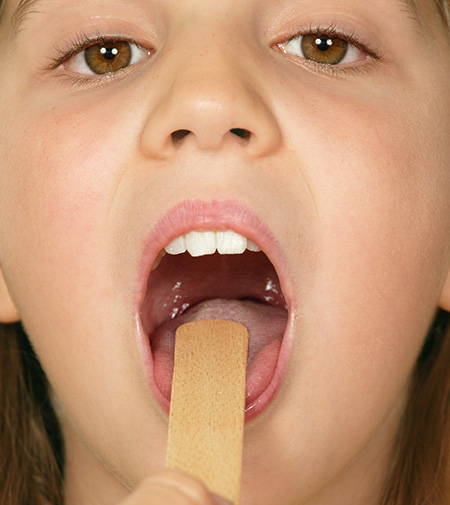 Orofacial Myofunctional
Orofacial Myofunctional
Your dentist, orthodontist, or ENT might have directed you to us. They probably used terms like tongue tie, tongue thrust, oral habits (thumb sucking, pacifiers, etc.), or sleep-disordered breathing.
Types of Disorders
Orofacial myofunctional disorders happen because the muscles or structures of the face have had to compensate for something.
Muscles of the tongue, jaw, lips, and face can get into incorrect patterns because of several reasons, including, but not limited to, nasal airway obstruction, a tongue tie, thumb sucking, structural abnormalities, neurological deficits, and developmental delays.
Some patterns children develop can have lasting consequences. But don’t worry – you are in the right place, and we want to help you.
Tina is a Simon Says myofunctional trained therapist.
Tina is trained in programs to address thumb sucking, pacifiers, and nail biting. She can help your child stop these acquired and damaging oral habits and empower them to be successful in everyday life WITHOUT sucking their thumb, biting their nails, or pacifier.
 Consequences of Orofacial Myofunctional Disorders
Consequences of Orofacial Myofunctional Disorders
Orofacial myofunctional disorders can cause misshapen palates, dental problems, eating difficulties, tongue thrust, sleep-disordered breathing, snoring, pain, and other challenges in people of any age.
Additionally, some orofacial myofunctional disorders like tongue thrust can slow down or impede orthodontic treatment. Sometimes individuals end up needing braces more than once over the years because of incorrect oral resting posture and tongue thrust.
Assessment and Treatment
We can provide a thorough assessment to help you understand why you’ve been sent to us. Then, we’ll set goals together based on your concerns and needs.
With a lot of work, your child’s speech can improve. Connect with me now!

